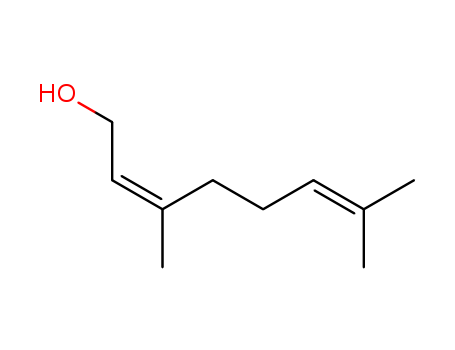10.1006/jcat.1999.2803
The research investigates the liquid-phase hydrogenation of citral over Pt/SiO2 catalysts, aiming to understand the effects of temperature on the reaction's activity and selectivity. Citral, an a,?-unsaturated aldehyde with a conjugated C==C-C==O bond system and an isolated C==C bond, is hydrogenated to produce various products like unsaturated alcohols (UALC), partially saturated aldehydes (PSALD), and completely saturated alcohols (SAT). The study finds that the reaction rate exhibits an unusual activity minimum at 373 K, attributed to the interplay between the decomposition of unsaturated alcohols (geraniol and nerol) and the desorption of CO. At lower temperatures (298 K), the reaction rate decreases significantly due to CO accumulation blocking active sites, while at higher temperatures (373 K and above), the enhanced CO desorption rate allows for stable activity and conventional Arrhenius behavior. The researchers propose a kinetic model based on Langmuir–Hinshelwood kinetics, incorporating dissociative adsorption of hydrogen, competitive adsorption between hydrogen and organic compounds, and the addition of a second hydrogen atom as the rate-determining step. The model successfully describes the observed product distributions and the unusual temperature dependence of the reaction rate.
10.1016/S0040-4020(01)88311-3
The study details an enantioselective synthesis of (R)-mevalonolactone (1) starting from (2S,3R)-epoxide 2, which was prepared with >95% enantiomeric excess (ee) by asymmetric epoxidation of nerol. The primary hydroxyl group of epoxide 2 was protected by formation of ethoxyethyl ether 5, and subsequent reduction yielded 6. Conversion of 6 to its benzyl ether 7 was followed by ozonolysis to afford intermediate 8. To remove an additional carbon from 8, it was converted to phenylselenide 9, and oxidative elimination formed an alkene, which was cleaved by further oxidation to yield alkenol 11. Oxidation of 11 with pyridinium dichromate in DMF gave 12, and reductive ozonolysis of 12 afforded benzyl ether 13. Finally, removal of the benzyl group by catalytic hydrogen transfer yielded (R)-mevalonolactone (1). The study aimed to develop a synthetic pathway that could lead to both prospective haptens and (R)-mevalonolactone from a common intermediate, with potential applications in the development of a radioimmunoassay for measuring mevalonic acid concentration in biological media.



 Xi
Xi


